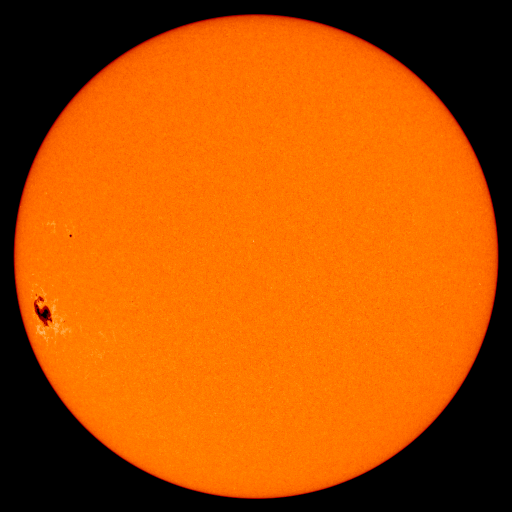Amateur Astronomer Discovers New Nebula

Amateur astronomer Steve Mandel recently discovered a new nebula near the often viewed galaxy pair known affectionately as M81 & M82.
A blog devoted to astronomical pursuits.




 We're planning a road trip next weekend to attend the Lowell Observatory Star Party down in Flagstaff, Arizona. To say we're excited would be quite an understatement. Four days under dark, clear (hopefully) Arizona skies should be incredible. As icing on the cake, we rented 90 minutes of observing time on the 24" Clark Refractor. This scope was used by Percival Lowell to study Mars. It should be incredible. A small bit of info in a confirmation e-mail they sent indicated that they've got eyepieces to power this scope to over 750x! Yikes!!
We're planning a road trip next weekend to attend the Lowell Observatory Star Party down in Flagstaff, Arizona. To say we're excited would be quite an understatement. Four days under dark, clear (hopefully) Arizona skies should be incredible. As icing on the cake, we rented 90 minutes of observing time on the 24" Clark Refractor. This scope was used by Percival Lowell to study Mars. It should be incredible. A small bit of info in a confirmation e-mail they sent indicated that they've got eyepieces to power this scope to over 750x! Yikes!!




 I got out this morning... around 6am or so... and the red planet, Mars was high overhead. I'd left the scope out... just in case... so it was setup and ready to go. Skies were ok... probably about a 6 out of 10. This allowed me to view sharply to about 175x. I pushed a bit past this... to about 225x, but... views were a bit mushy by this point. Dropping back to 175x gave me a fairly consistent view of the planet's surface. Details were readily apparent... though the south polar ice cap seems to have melted away :(
I got out this morning... around 6am or so... and the red planet, Mars was high overhead. I'd left the scope out... just in case... so it was setup and ready to go. Skies were ok... probably about a 6 out of 10. This allowed me to view sharply to about 175x. I pushed a bit past this... to about 225x, but... views were a bit mushy by this point. Dropping back to 175x gave me a fairly consistent view of the planet's surface. Details were readily apparent... though the south polar ice cap seems to have melted away :( The Moon will be new tonight. That means that it won't be visible at all. A tiny one day old crescent moon will be found hanging low in the western sky shortly after sunset tomorrow evening. Those of you with an unobstructed horizon in that direction will have the best chance of spotting it. The next several nights will offer folks the opportunity to see what astronomers refer to as Earthshine. Earthshine is sunlight which reflects off the Earth and illuminates the otherwise non-sunlit portion of the Moon. Earthshine can be quite a dramatic visual effect. If you find yourself under clear skies the next several nights, be sure to look for the Moon and Earthshine.
The Moon will be new tonight. That means that it won't be visible at all. A tiny one day old crescent moon will be found hanging low in the western sky shortly after sunset tomorrow evening. Those of you with an unobstructed horizon in that direction will have the best chance of spotting it. The next several nights will offer folks the opportunity to see what astronomers refer to as Earthshine. Earthshine is sunlight which reflects off the Earth and illuminates the otherwise non-sunlit portion of the Moon. Earthshine can be quite a dramatic visual effect. If you find yourself under clear skies the next several nights, be sure to look for the Moon and Earthshine.